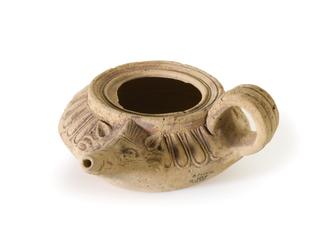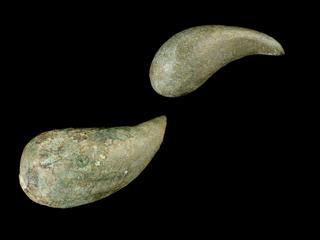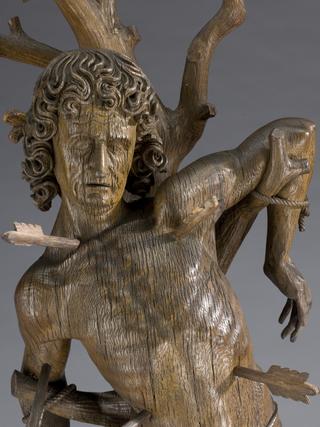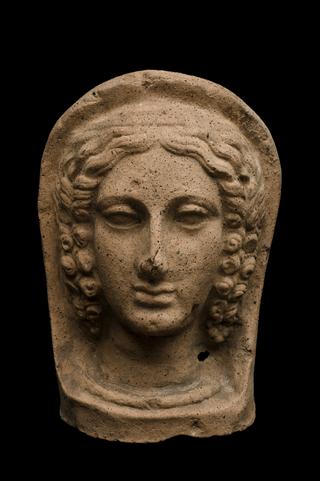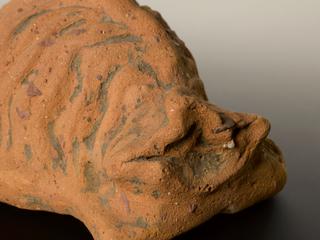




Plaster mask of St. Alfonso de Juquara Mato, a cast possibly of his death mask(?), Italian(?), 1860-1920
St Alfonso de Juquara Mato was a Spanish bishop during the 600s. This is said to be a plaster cast of his original death mask. Death masks were created by covering the deceased person’s face with a substance such as plaster. Once hardened, this plaster cast was removed to provide the template to make the mask.
Death masks and life masks, made from a living subject, have been made in cultures worldwide throughout history. They were often made to honour important and influential people, and were popular in the 1900s.
Details
- Category:
- Classical & Medieval Medicine
- Collection:
- Sir Henry Wellcome's Museum Collection
- Object Number:
- A884
- Materials:
- plaster
- type:
- death mask
- credit:
- Pichi, L.
